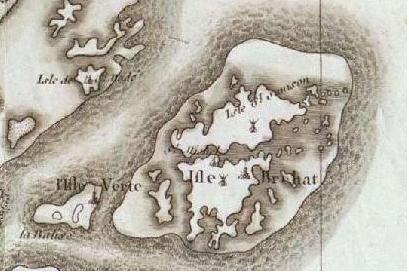Sour Cherry Tree : Sour Cherry Origins
The first description of the sour cherry came from the roman Pliny the Elder in 79 A.D., whose description of the Macedonian and Chamaecerasus sour cherry cultivators indicated the presence of the sour cherry in Italy. Although, the origin of sour cherries are unknown, it can be assumed by the overlapping regions of the two species that make up the sour cherry (prunus avium and prunus fruticosa) that the sour cherry could have originated in either Hungary, Serbia, Romania, Germany, Denmark or Macedonia. In particular, the Carpathian Basin in Hungary can be stressed as one assumed location for the sour cherry origin simply from the Hungarian name for sour cherry: “meggy”. The Hungarian word “meggy” originated from the Hungarian words “ire” for blood and “mol” for berry. “Ire” and “mol” were spoken together to reference the sour cherry as the “blood-berry”, but eventually “ire” and “mol” underwent linguistic transformation to arrive at the word “meggy” to mean “blood berry” in reference to the sour cherry. The word “meggy” distinguishes Hungary as the origin for the sour cherry, as the root “megg” (found within the Hungarian word “meggy” for sour cherry) has been used to build other words referencing the sour cherry (such as “meggyes” and “meggyespatak”) since the 13th century.
In contrast, archaeological findings of the sour cherry pits have been found as early as the Neolithic Period four thousand years ago, in England at Nympsfield. Also in Plock, Poland sour cherry pits have been found from the twelfth and fifteenth centuries. While in Budapest sour cherry seeds have also been discovered to be from the thirteenth and fourteenth centuries. In other words, there is a variety of locations and dates that provide insight on the origins of the sour tree, but the specific origins of the sour tree remain unknown.

